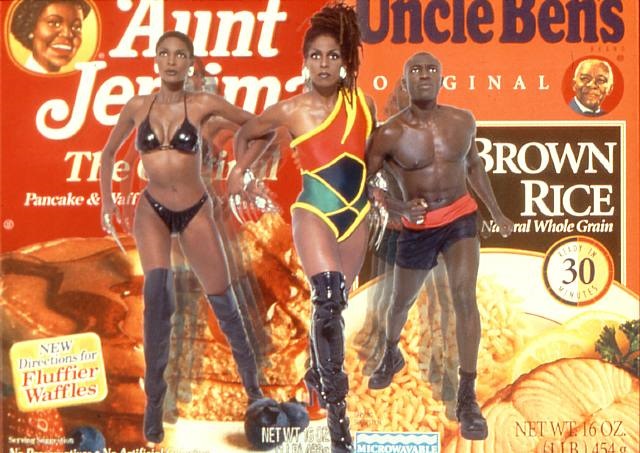As expressed from the course book, Stokstad says, "Ruysch created an asymmetrical floral arrangement of pale colors rising from lower left to top right of the picture, offset by the strong diagonal of the tabletop. To further balance the painting, she placed highlighted blossoms and leaves on the dark left half of the canvas and silhouetted them against the light wall area on the right." (Stokstad, p.768) This associate with authenticity and realism being that specialists would make blossom pictures, basing them off from genuine blooms and bringing various sorts of blossoms together as one. Regardless of whether the blooms were not in season, further speaking to how things in life may not generally be in sync, be that as it may, we should know about how it adds to society. As Ruysch plays with her course of action and utilization of hues, Tamara Kostianovsky played with her old textures and utilized them to make a creature remains.

Pieter Claesz's Still Life with Tazza, 1636 depicts social and social parts of nourishment. The items in the depiction are a piece of the arrangement of family unit articles that would have been claimed by the wealthy classes and were altogether made in the Netherlands, with the exception of the tazza, which was imported from Italy (Stokstad, 767). This work of art clarifies the assorted variety of nourishment from different societies and depicts nourishment in a social and social way.

Pieter Claesz's Still Life with Tazza, 1636
Clara Peeter's Still Life with Flowers, Goblet, Dries Fruit and Pretzels, 1611 depicted nourishment through a social and cultural viewpoint, and clarified assorted variety. This craftsmanship was painted by a Dutch craftsman and contains "pretzels" which depict assorted variety since it was designed by German priests to compensated kids who had taken in their petitions (Stokstad, 754). The wound shapes spoke to the crossed arms of a youngster supplicating. This artistic creation helped show a decent variety of cultures and religions through nourishment.

Clara Peeter's Still Life with Flowers, Goblet, Dries Fruit and Pretzels, 1611
Renee Cox's The Liberation of UB and Lady J. shows Cox as a hero named Raje protecting a recently engaged Uncle Ben from his crate of rice and Aunt Jemima from her maple syrup name. An advanced Aunt Jemima wearing a wet-look two-piece and dominatrix-style knee boots and Uncle Ben, dressed enjoyed a shirtless fighter venture off their individual bundling into new jobs that are not any more "freed" than their forerunners. The position of the female figures demonstrates a solid side to "darkness" and depicts decent variety utilizing nourishment.

Renee Cox's The Liberation of UB and Lady J. 1998
This is one of my favorite as it gives such a huge vibe when I walked toward it. When I was a kid, I use to love Aunt Jemima's syrup and never knew there was a hidden meaning behind it. In Cox's craftsmanship, freedom of dark ladies and men utilizing nourishment shows decent variety.
Stokstad, Marilyn, and Michael Watt Cothren. Art History. Sixth ed., II, Pearson, 2018.
No comments:
Post a Comment